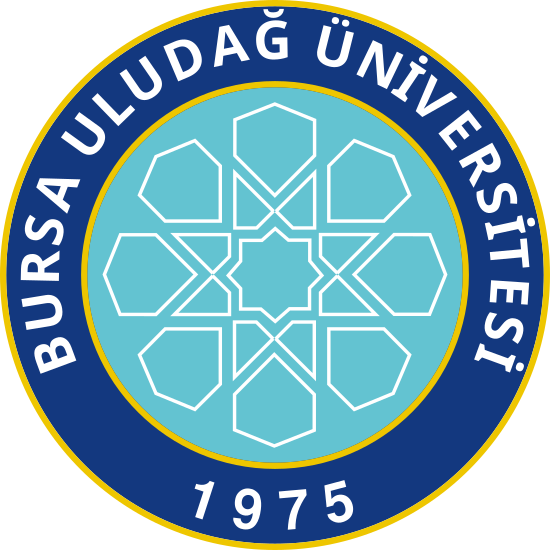Bu öğeden alıntı yapmak, öğeye bağlanmak için bu tanımlayıcıyı kullanınız:
http://hdl.handle.net/11452/28590| Başlık: | Malignant spiculated breast masses: Dynamic contrast enhanced MR (DCE-MR) imaging enhancement characteristics and histopathological correlation |
| Yazarlar: | Uludağ Üniversitesi/Tıp Fakültesi/Radyoloji Anabilim Dalı. Uludağ Üniversitesi/Tıp Fakültesi/Patoloji Anabilim Dalı. 0000-0001-9169-5087 0000-0002-9038-0515 Gökalp, Gökhan Topal, Uğur Yıldırım, Nalan Tolunay, Şahsine AAI-2336-2021 AAI-1612-2021 8312505100 57001254100 36867883100 6602604390 |
| Anahtar kelimeler: | Radiology, nuclear medicine & medical imaging Spiculated Breast MR imaging Pathological correlation Cancer Features Lesions Carcinoma Images |
| Yayın Tarihi: | Şub-2012 |
| Yayıncı: | Elsevier |
| Atıf: | Gökalp, G. vd. (2012). "Malignant spiculated breast masses: dynamic contrast enhanced MR (DCE-MR) imaging enhancement characteristics and histopathological correlation". European Journal of Radiology, 81(2), 203-208. |
| Özet: | Aim: Spiculation of breast masses is usually the result of significant desmoplastic reaction. Diminished neovascularization is expected due to sparsely dispersed tumor cells within the lesion. This feature can cause differences in enhancement patterns which can cause pitfalls while evaluating MR images as well. Aim of this study is to explore the enhancement characteristics of malignant spiculated masses and to correlate these findings with histopathological features. Materials and methods: Eighteen spiculated and seventeen non-spiculated masses depicted with mammography were included in the study. MR imaging was performed with 1.5 T magnet with breast coil. In MR imaging, T2-weighted turbo spin echo (TSE) with fat suppression sequence followed by pre- and post-contrast T1-weighted 3D-fast low angle shot (FLASH) sequences were used. Lesions were evaluated according to enhancement characteristics: early phase enhancement (first 2 min; less than 50%, 50-100% and more than 100%), late phase enhancement (2-6 min; persistent, plateau and washout) and inner enhancement pattern (homogenous, heterogenous and rim). Desmoplasia and lymphocyte infiltration was classified as mild, moderate and severe. MR images and histopathological findings (desmoplasia, lymphocyte infiltration and grade) of both groups were compared. Results: Mean ages of patients in spiculated and non-spiculated-mass groups were 55.07 (41-71) and 47.35 (31-62), respectively. Mean diameter of lesions was 17.3 mm (10-31 mm) for spiculated masses while non spiculated masses were 15.8 mm (6-40 mm). There were statistically significant differences between late phase enhancement, persistent enhancement, plateau and washout (p < 0.05). Intergroup comparison of desmoplasia revealed significant difference between severe versus and mild, moderate (p < 0.05). Conclusion: Spiculated malignant lesions are supposed to contain intense desmoplastic reaction. On DCE-MR images they can show persistent enhancement pattern more often than non-spiculated lesions. |
| URI: | https://doi.org/10.1016/j.ejrad.2010.12.022 https://www.sciencedirect.com/science/article/pii/S0720048X10006169 http://hdl.handle.net/11452/28590 |
| ISSN: | 0720-048X |
| Koleksiyonlarda Görünür: | PubMed Scopus Web of Science |
Bu öğenin dosyaları:
Bu öğeyle ilişkili dosya bulunmamaktadır.
DSpace'deki bütün öğeler, aksi belirtilmedikçe, tüm hakları saklı tutulmak şartıyla telif hakkı ile korunmaktadır.
